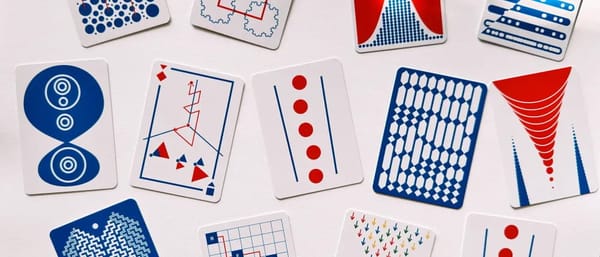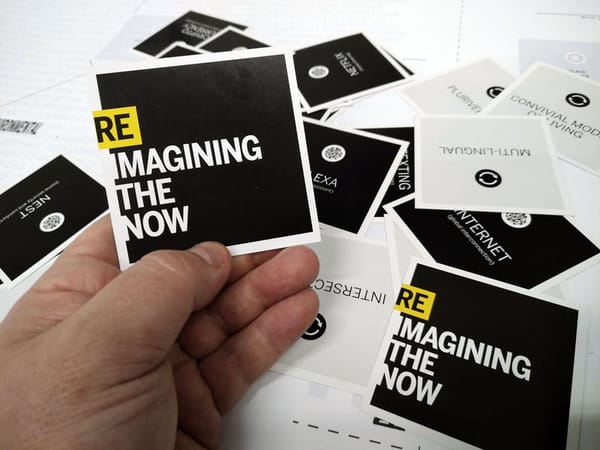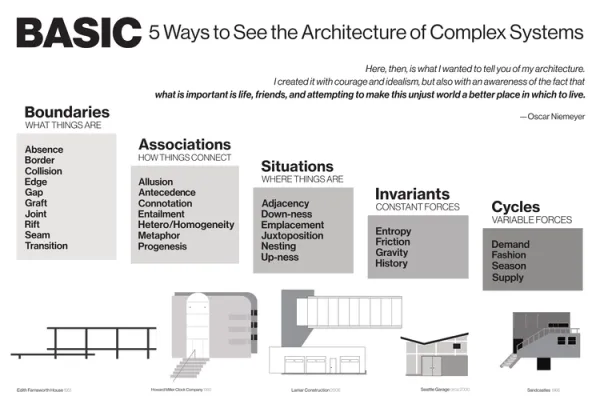№ 95 | Conquest (a VUCA Game), PLOT4AI Card Deck, MANY Ways to Launch a Startup, Union-Co-ops Zine, Power Skills, Barrier Island, and A Computational Public Space
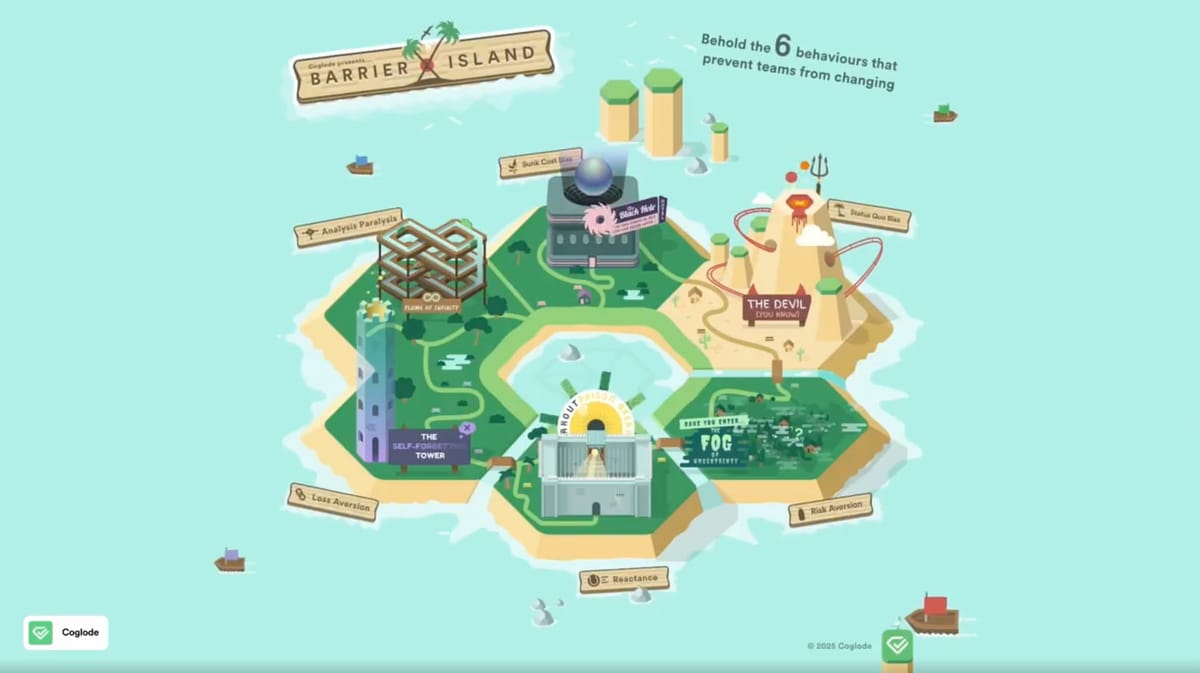
Conquest (A Game to Explain VUCA)
😍 Mmm. A board game to learn about VUCA [LI]. More to the point: A board game designed for players to experience Volatility, Uncertainty, Complexity, and Ambiguity.
Ever wanted to explain VUCA to managers without boring them into a coma?
We The Catalyst made a learning game for that 😌
It’s called Conquest — and it doesn’t ask learners to “imagine a chaotic world.” It throws them into one. An area control boardgame that has emerged back after several iterations 👑
If you’re done explaining complexity through PowerPoint, let’s talk tiles, trades, and terrible decision-making under pressure.

PLOT4AI Card Deck
Here’s a timely, relevant, and useful tool! Are you working with AI? Do you want to create AI systems that are Safe, responsible, and effective? 🤪
PLOT4AI (an acronym for Practical Library Of Threats 4 Artificial Intelligence), is a resource/library—also available as a card deck— to help groups identify, assess, and respond to various AI risks. Essentially, threat modelling for all!
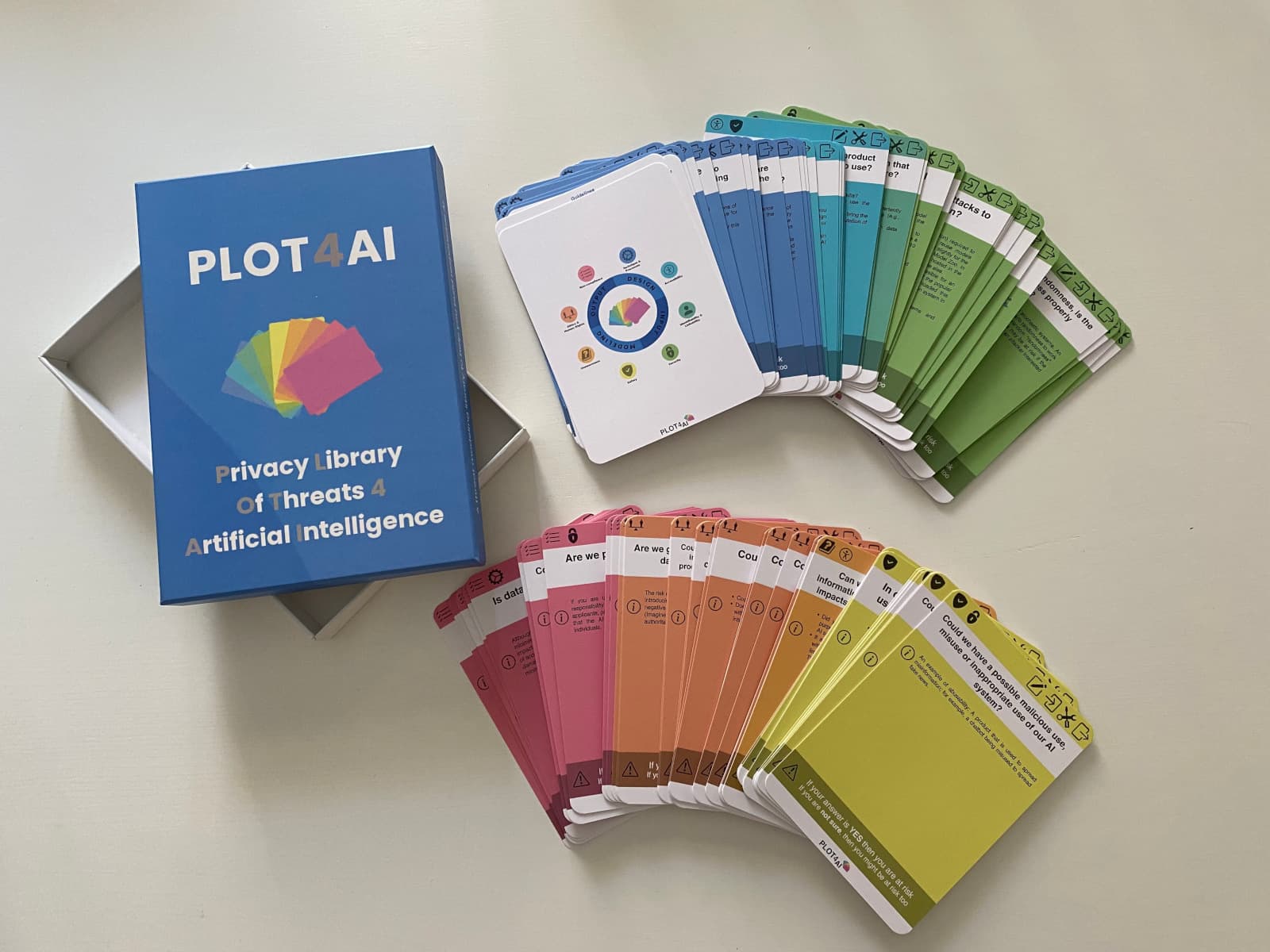
Each card identifies a distinct risk, and helps groups assess whether that risk is a threat for them, or not; if it is a threat, there are recommendations on the opposite side of the card. With more than 100 cards, things could get overwhelming. Fortunately, threats have been classified in 8 different categories, and along 6 phases of the AI lifecycle.
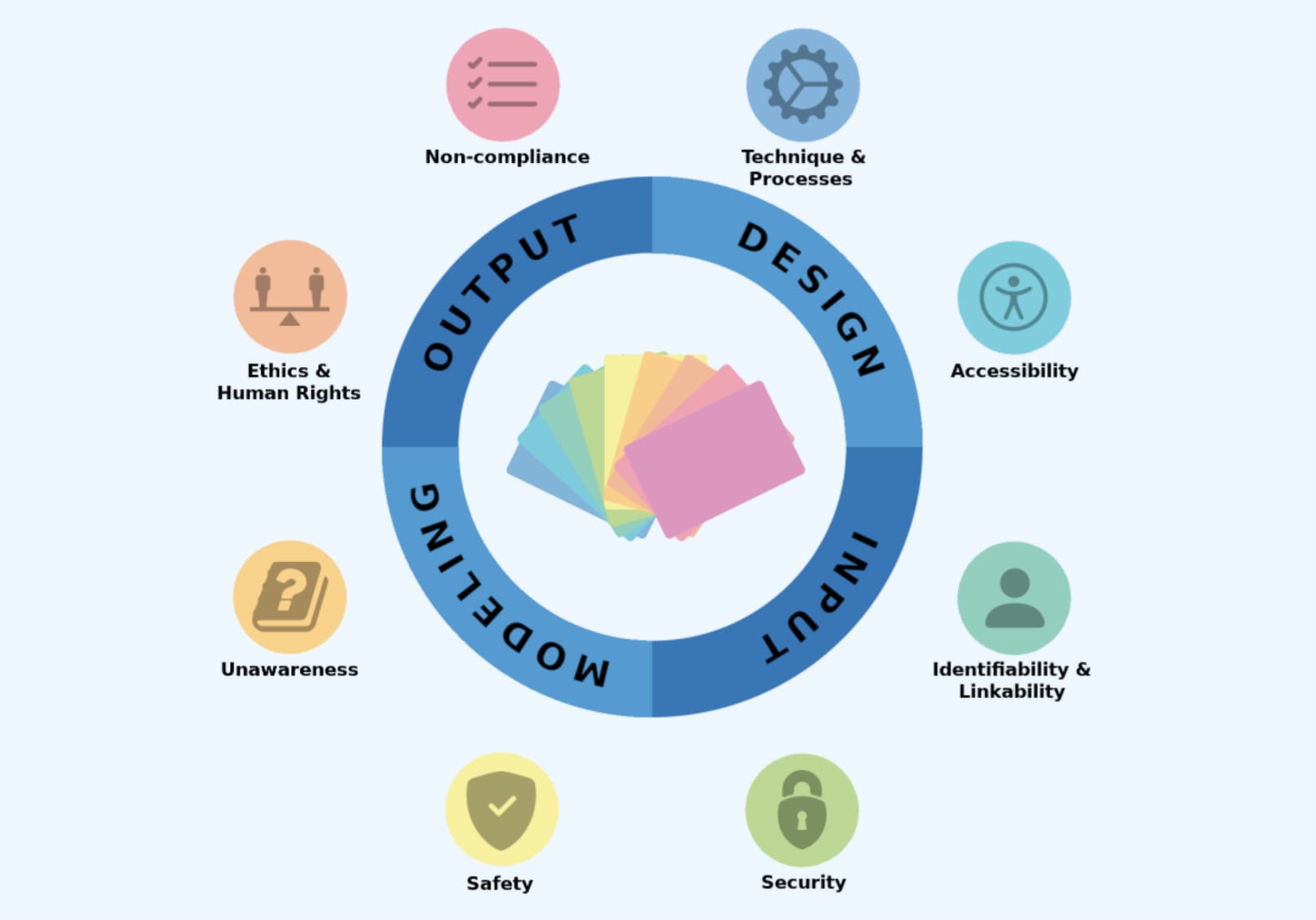
PLOT4AI is available as a digital card deck (hosted/online), as an online assessment tool, and… for those of us who love tangible things in our hands, you can also purchase a printed copy of the card deck from Agile Stationary.
For more information, this 5-minute ‘explainer’ video offers a great introduction.
MANY Ways to Launch a Startup
I love posts that challenge the “one right way” to do things mindset. While best practices are a thing, so is learning, discovery and experimentation. Anyway, here’s a good roundup of at least 14 ways to launch a successful startup [LI], from the ever insightful John Cutler:

Union-Co-ops Zine
Long time readers will know I’m drawn to the ideals of democracy, solidarity, and equity (thank you, Ursula K Le Guin and Kim Stanley Robinson). While reading this illustrated Guide to Unions and Worker Cooperatives, I realized I’d never thought about both of these organizing models at the same time, much less considered mixing them to create a hybrid “union-co-op.” Anyway, the zine offers a lovely visual introduction to these concepts, an explanation as to why this might be a good thing, along with resources for how to start your own Union-Co-Op.
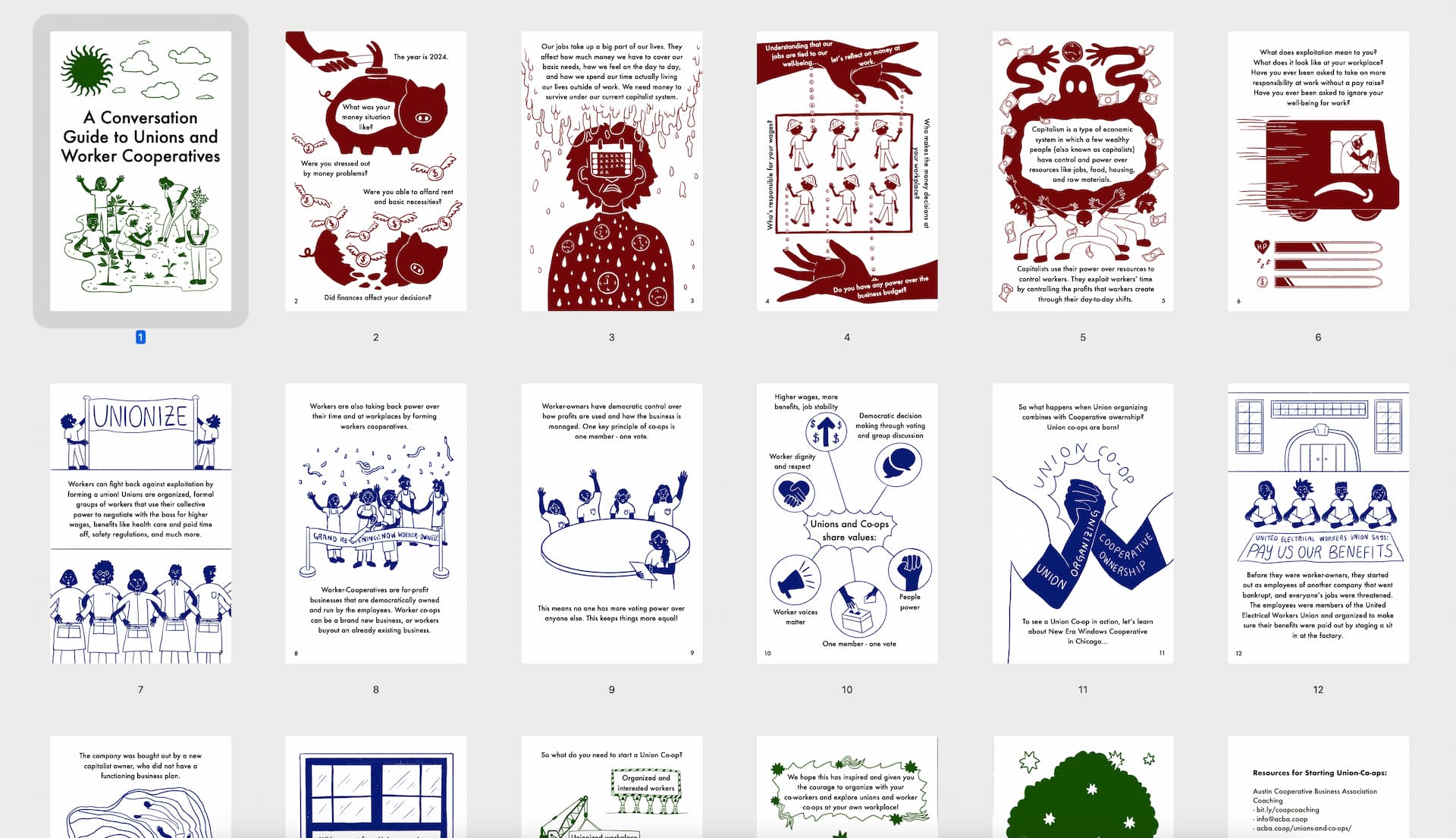
Power Skills
Hard skills, soft skills, and now… Power Skills?
While hard skills focus on getting tasks done, and soft skills on working well with others, power skills focus on leading through uncertainty and shaping the future.
Of course I love this new set of skills—confirmation bias and all (this resembles posts I’ve saved about “Skills for the 21st Century”)—but do they merit a new class of skills?! 🤷♂️

Barrier Island: A theme park in Miro
Remember that peek at a theme park in Miro, from the last issue? Well, here’s a tour of the entire theme park, dubbed Barrier Island as the workshop is all about exploring behaviors that prevent teams from changing. Enjoy, and be inspired!
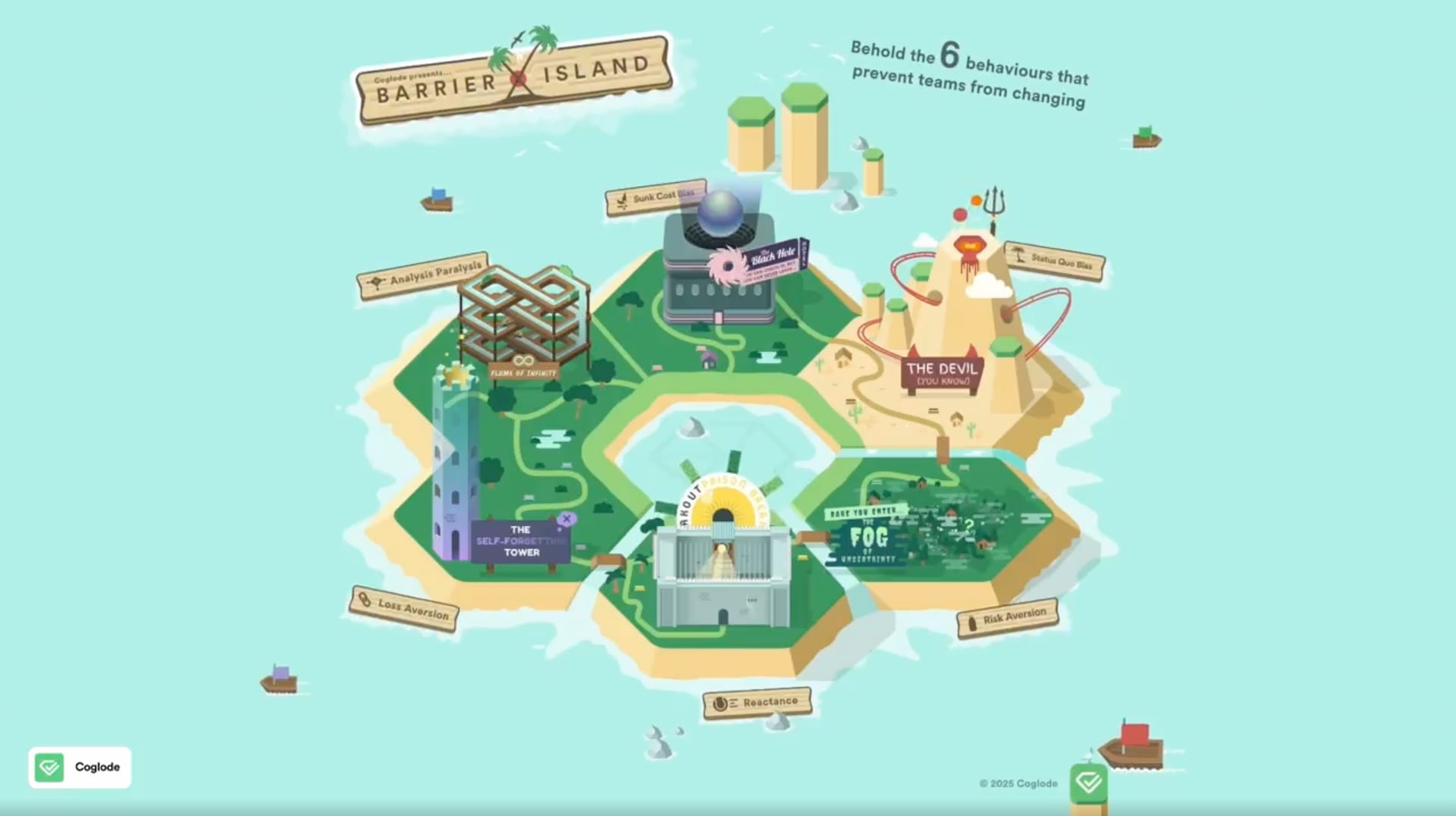
Finally… (saving the best for last?)
Computational Public Space
Dynamicland… on the road?! Sort of. You know I’ll never miss an opportunity to share something new from Bret Victor! This time, it’s a talk about creating a Computational Public Space:
The first half of this talk is an introduction to Dynamicland and communal computing, with one big caveat: He’s taken his communal computing out of the fixed space in Oakland, CA, to give this presentation to a small room of attendees at the Screenless Cities Conference in Paris. Fitting with the title of this event, he emphasizes that “to have a computational public space, you need a computational space.” As an avid fan of Bret Victor and Dynamicland, of all the things I’ve seen this is the most tactical demonstration of how it all works. Notable moment: “So, this IS my presentation software” [proceeds to pick up a piece of paper!]
2nd half… It’s all about computational public spaces. Sort of.
As we're thinking about integrating computation into public space, there's a number of really interesting questions here…
Bret proceeds to list seven values (or tensions) common to most cities, and explores how these values connect with our designed computational environments. More accurately, he connects lessons we can assess from a city planning perspective that have direct relevance to the design of our computational spaces. This, no surprise, takes aim at the current technology paradigm many of us live in: Centralized, isolating, surveillance focused, and so on.
Great talk. Highly recommended.
One moment that stood out for me, perhaps due to my growing interest in infrastructure. While commenting on the things that are hidden from us (where trash goes, where electricity comes from, where water comes from, etc), he casually drops this bomb:
How can we have a sane, democratic society if we don't understand the effects of our actions?
🫳
🎤
Enjoy!
Random Fun Stuff:
- Climate hope! An underwater speaker is playing a song that’s bringing coral reefs back.
- Mystical, a programming language that resembles magical circles?!
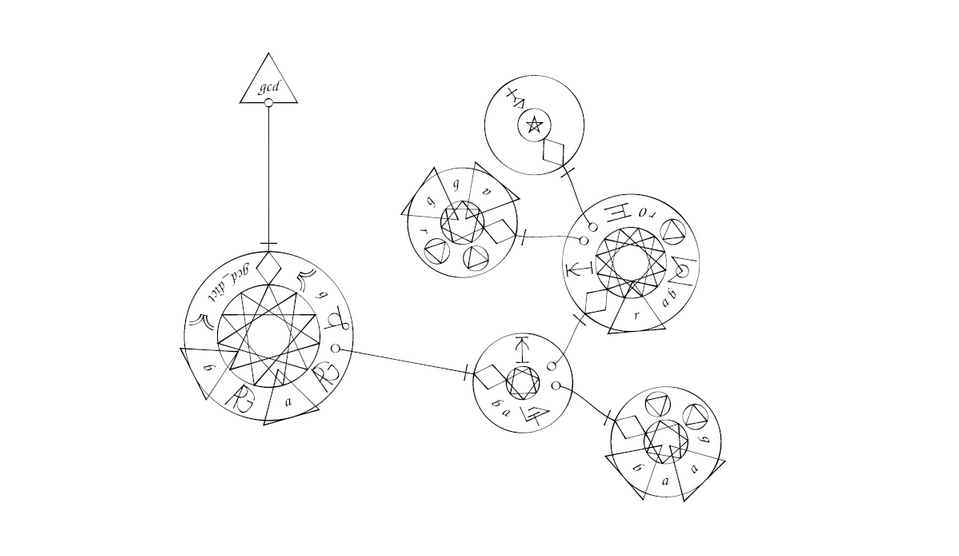
I’m increasingly attracted to highly technical articles that shine a light on the inner workings of the infrastructure around us. Along these lines, here are two things I read this week:
- First, this post about flavors of NFC and what makes Japan's transit card system (IC cards) so unique—and “suspiciously fast”—compared to the West.
- Second, this post on Zero-Knowledge Location Privacy (ZKLP), that lets users prove location without giving it away.
Finally…
- I'm amazed by the ingenuity of engineers at NASA! NASA keeps ancient Voyager 1 spacecraft alive with Hail Mary thruster fix.


